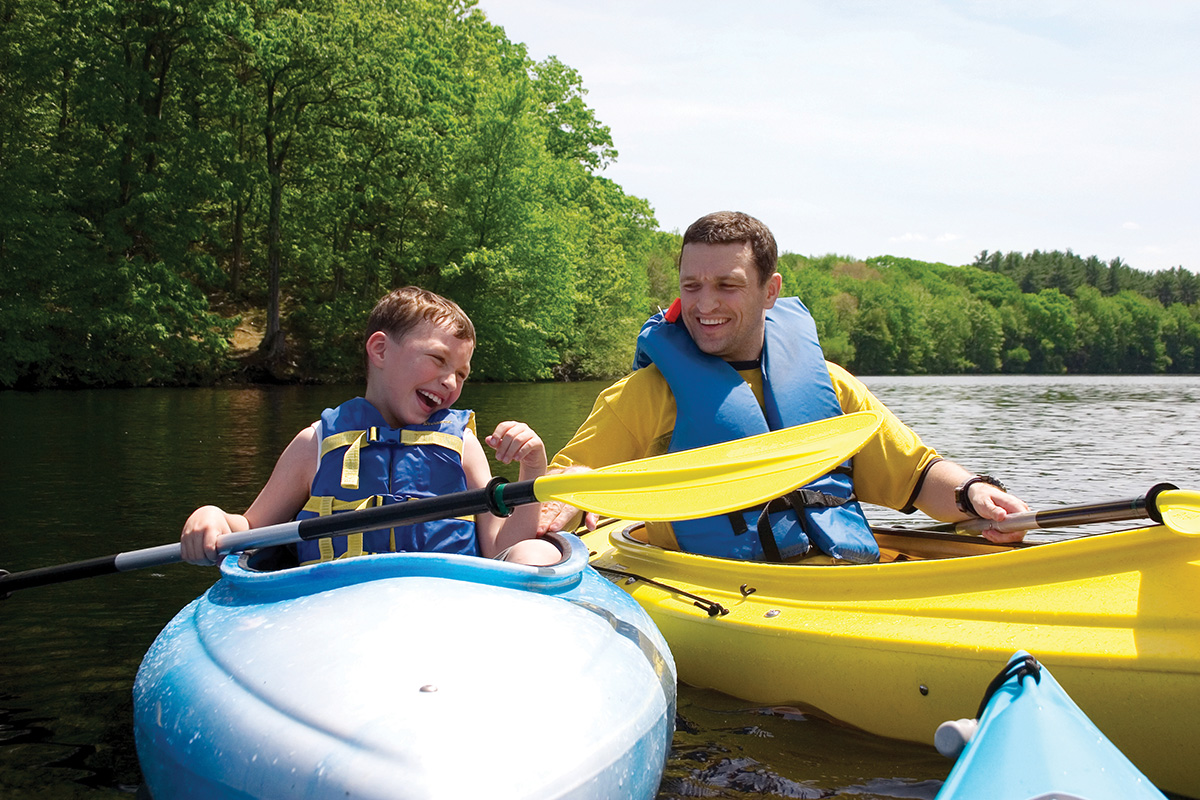Unexpected turns in the road keep life interesting. But when it comes to an unexpected job loss or a leaky roof, it’s really no fun at all. To be prepared for whatever life might throw your way, it’s a great idea to have an emergency fund. So keep this in mind: the more you set aside, the easier it will be to get back on your feet when life throws a curve ball.
How much do you need for a good emergency fund?
For peace of mind, you should be able to cover your living expenses for a good 3-6 months. Having an up-to-date budget will help you plan ahead for something like this. If you know what your expenses are then you can save accordingly.
How do you start an emergency fund?
Start with a few dollars a week and increase it when you can. Any savings are better than no savings at all! The idea is to start putting money aside now. You don’t want to radically skimp and change your lifestyle the day a tornado goes right through your house (extreme example, but you get my point). Everyone needs extra cash at some point; the question is when? Unless you can see the future (in which case, call us!), there’s no way of knowing when life can throw a curve ball. But one thing’s for sure: when you need money you want it at your fingertips, and you don’t want to dig a financial hole for yourself to get it.
Where can you start saving? Well, you can use a standard chequing or savings account, take advantage of a TFSA or use your employer’s RRSP program if offered. The key is to set that money aside and maximize your interest.
And don’t forget to keep it simple
Saving is good, but it’s even better when you don’t have to think about it. Automate your savings by setting up automatic withdrawals between accounts, or making use of payroll deductions. You’ll have peace of mind knowing that your safety net is growing, and more importantly, you don’t even need to worry about it!
